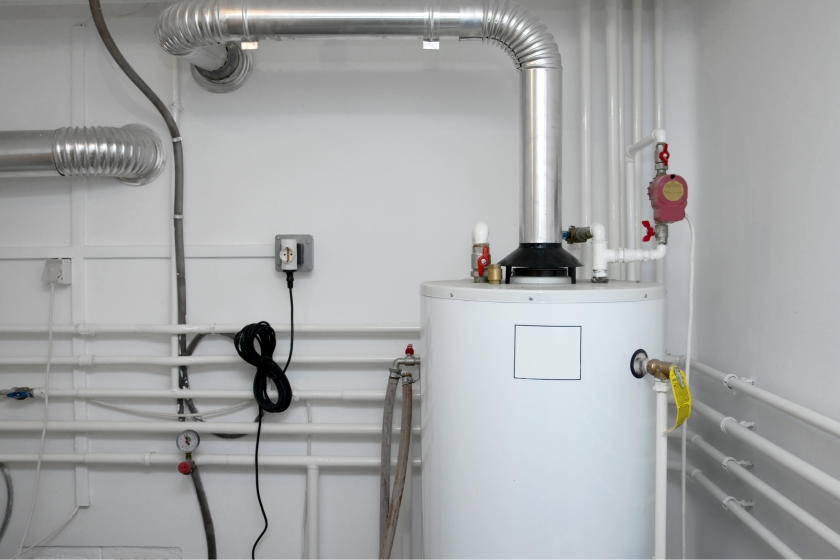Are you in search of critical information concerning How to Maintain Your Water Heater & Prolong its Life?

Hot water is essential for everyday comfort, whether it's for a revitalizing shower or washing recipes. To ensure your warm water system runs effectively and lasts much longer, normal maintenance is vital. This short article gives useful pointers and insights on how to preserve your home's warm water system to prevent disturbances and expensive fixings.
Introduction
Preserving your home's hot water system may seem complicated, but with a few straightforward steps, you can guarantee it operates smoothly for several years to come. This guide covers every little thing from understanding your hot water system to do it yourself maintenance tips and understanding when to call in expert aid.
Importance of Preserving Your Hot Water System
Regular upkeep not just extends the lifespan of your hot water system yet also guarantees it operates efficiently. Neglecting maintenance can cause lowered efficiency, higher energy expenses, and also early failing of the system.
Signs Your Warm Water System Demands Maintenance
Knowing when your hot water system requires interest can protect against major problems. Watch out for indicators such as irregular water temperature level, weird noises from the heater, or rustic water.
Recognizing Your Hot Water System
Before diving into upkeep jobs, it's helpful to recognize the basic parts of your warm water system. Typically, this includes the water heater itself, pipes, anode rods, and temperature controls.
Regular Monthly Upkeep Tasks
Routine regular monthly checks can assist catch minor issues before they intensify.
Flushing the Water Heater
Flushing your water heater removes debris build-up, improving efficiency and prolonging its life.
Checking and Changing Anode Rods
Anode poles stop rust inside the container. Evaluating and changing them when worn is essential.
Examining and Adjusting Temperature Level Setups
Readjusting the temperature level settings ensures optimal efficiency and security.
DIY Tips for Maintenance
You can perform numerous upkeep tasks on your own to maintain your hot water system in top problem.
Looking for Leaks
Frequently inspect pipelines and connections for leaks, as these can bring about water damages and higher bills.
Examining Pressure Relief Valves
Examining the pressure relief valve guarantees it works correctly and prevents too much pressure build-up.
Protecting Pipelines
Insulating hot water pipes lowers warm loss and can save energy.
When to Call an Expert
While do it yourself maintenance is valuable, some concerns need professional competence.
Complicated Concerns Requiring Specialist Help
Instances include significant leaks, electric problems, or if your hot water heater is regularly underperforming.
Regular Professional Upkeep Advantages
Specialist upkeep can include detailed assessments, tune-ups, and ensuring conformity with safety and security requirements.
Final thought
Regular upkeep of your home's warm water system is vital for efficiency, durability, and price savings. By complying with these tips and recognizing when to seek specialist assistance, you can guarantee a reputable supply of hot water without unforeseen interruptions.
How to Maintain an Instant Hot Water Heater
Before tinkering with your hot water heater, make sure that it’s not powered on. You also have to turn off the main circuit breaker and shut off the main gas line to prevent accidents. Also turn off the water valves connected to your unit to prevent water from flowing into and out of the appliance. 2. When you’re done, you have to detach the purge valves’ caps. These look like the letter “T” and are situated on either side of the water valves. Doing so will release any pressure that has accumulated inside the valves while at the same time avoid hot water from shooting out and burning your skin. 3. When the purge valves’ caps are removed, you have to connect your hosing lines to the valves. Your unit should have come with three hoses but if it didn’t, you can purchase these things from any hardware or home repair shops. You can also get them from retail stores that sell water heating systems. Read the user’s manual and follow it to complete this task properly. When the hosing lines are connected, open the purge port’s valves. 4. You should never use harsh chemical cleaners or solutions when cleaning your unit. Make use of white vinegar instead. It should be undiluted and you’ll probably use about 2 gallons. 5. Now flush your water heater. This task should probably take about 40 minutes. We can’t give you specific directions for this because the procedure is carried out depending on the type, model and brand of your heater. With that being said, refer to the user’s manual. 6. When you’re done draining the unit, you have to turn off the purge port valves again. Remove the hosing lines that you earlier installed on each of the water valves. Put the valve caps (purge port) back in their respective places and be very careful so as not to damage the rubber discs that are found inside these caps. 7. Now that everything’s back in place, check your user’s manual again to find out how to reactivate your water heating system. 8. Once it is working, turn one of your hot water faucets on just to let air pass through the heater’s water supply pipes. Leave the tap on until water flows smoothly out of it. https://www.orrplumbing.com/blog/2014/september/how-to-maintain-an-instant-hot-water-heater/

We were shown that editorial about How to Maintain a Hot Water Heater in a Few Simple Steps from someone on our other web address. Enjoyed our post? Please share it. Let another person find it. Kudos for being here. Please pay a visit to our site back soon.
Book Now